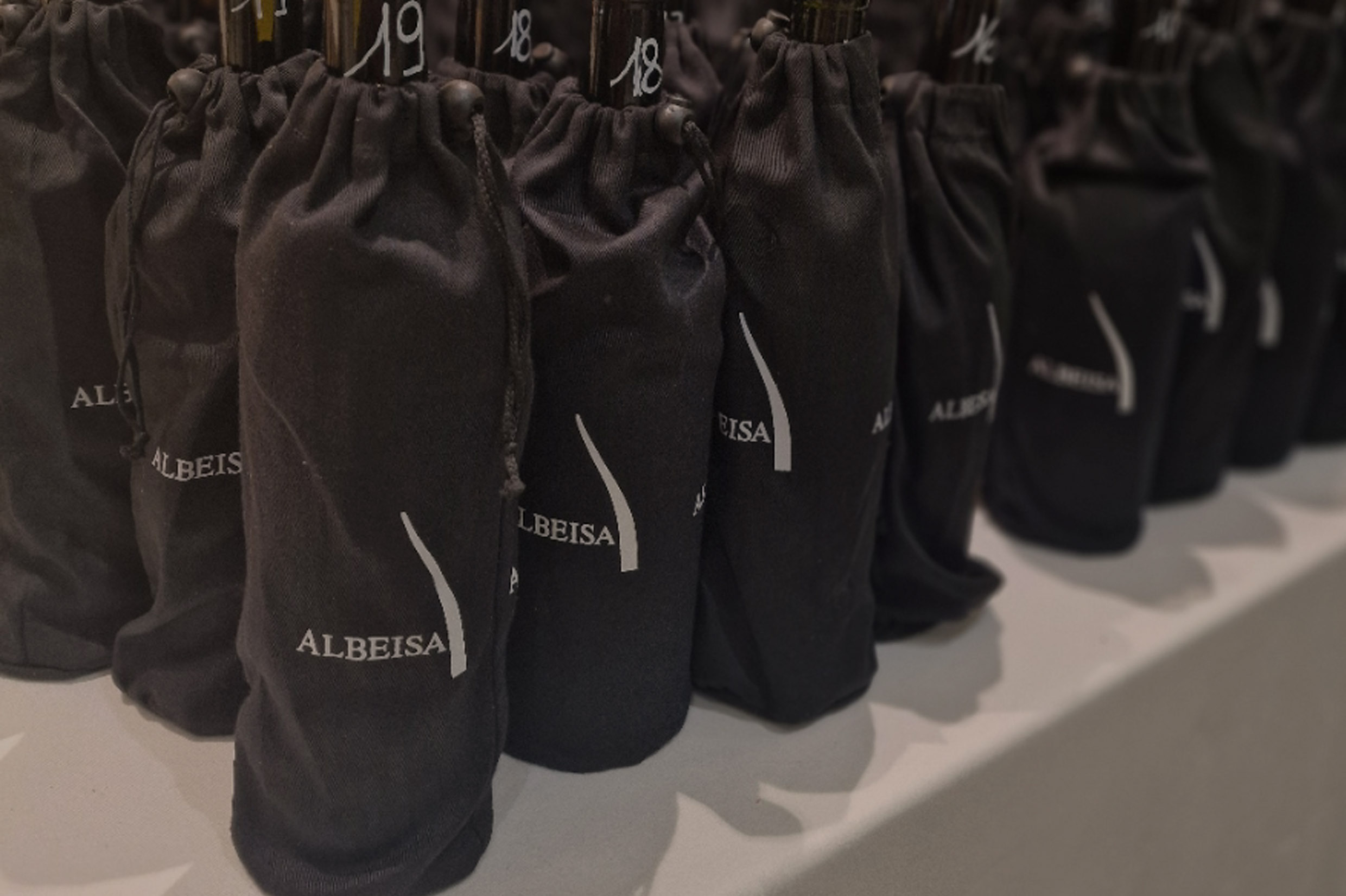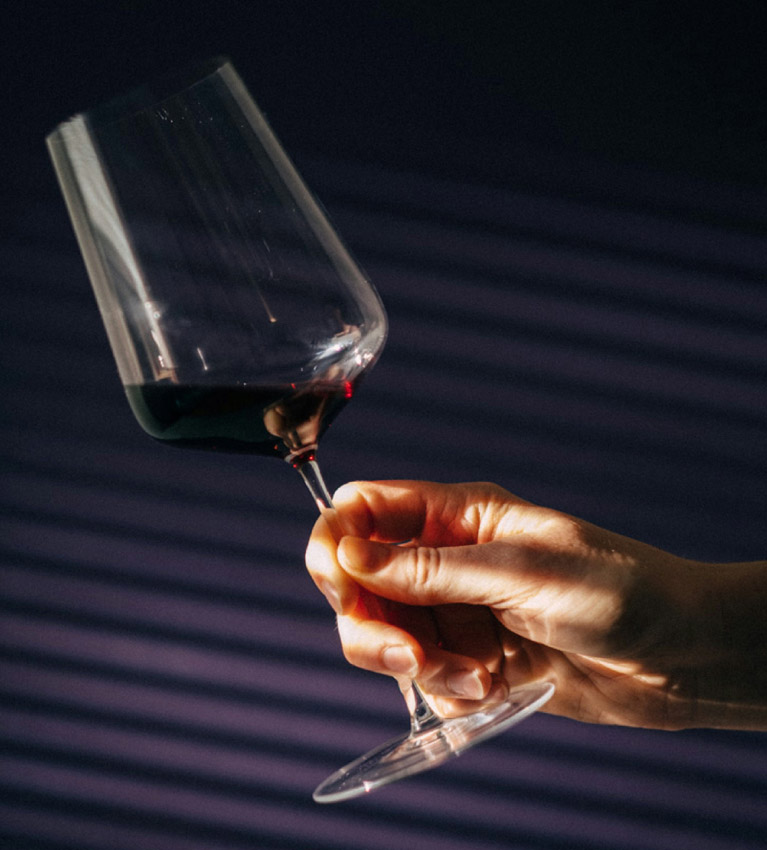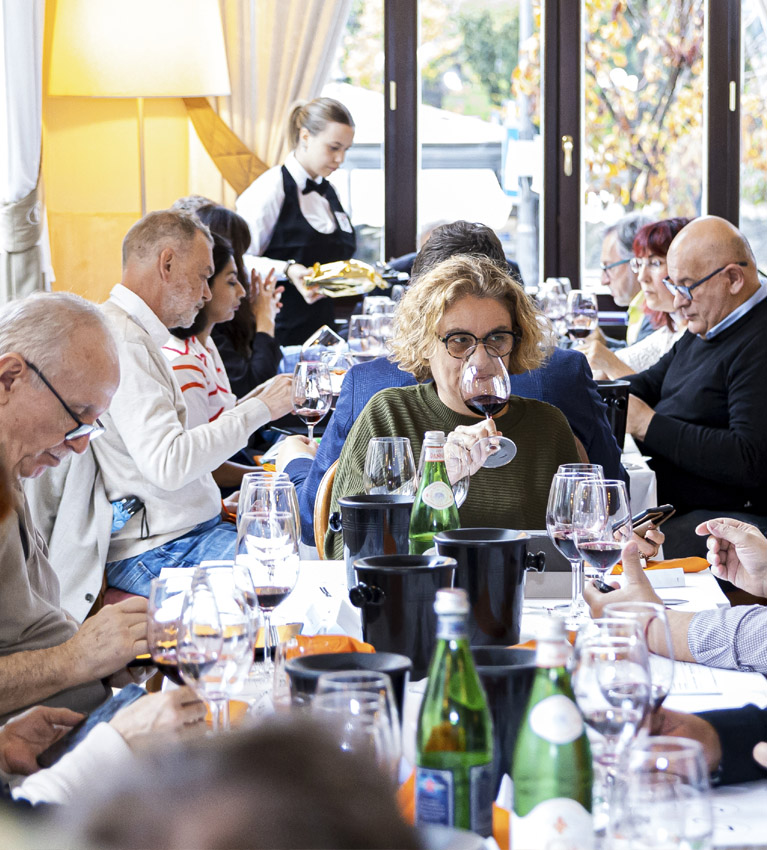
The Albeisa Hallmark
June 28, 2025

Horeca Wine Reviews
June 22, 2025
The Segafredo Coffee Experience
June 28, 2025Joséf Bonello experiences Consorzio Albeisa’s international preview of the new releases of Barolo, Barbaresco, and Roero.
The Albeisa bottle, an artisanal creation dating back to the 1700s, stands as an enduring symbol of the Langhe’s winemaking heritage. Originally designed by local producers near Alba, the bottle was conceived as a distinctive alternative to the famed Bordeaux and Burgundy bottles. Entrusted to the master glassblowers of Vetrerie di Poirino, the Albeisa bottle emerged with its signature shoulder contour, crafted meticulously by hand.
These elegant bottles adorned the tables of the noble and middle classes, reinforcing their reputation. However, as glass production industrialised, artisanal craftsmanship declined, leading to the gradual disappearance of the original Albeisa bottle from the market and memory.In 1973, the Albeisa bottle was reborn through the vision of Renato Ratti and 16 local producers. This revival was not merely a replication of the past but an evolution of tradition.
A governing statute was introduced to regulate its use, linking the bottle explicitly to the Alba region’s wines. The most striking feature of the modern Albeisa bottle is its embossed lettering, prominently displaying its name in four places on the shoulder. Today, the Associazione dei Produttori dell’Albese ensures the integrity of this bottle, defining which DOC and DOCG wines it can contain.
The Albeisa bottle thus serves as both a hallmark of quality and an ambassador for Langhe wines on the global stage.The Albeisa bottle’s appeal lies in its blend of craftsmanship and modern sensibility.
Over 300 producers have now adopted it, exporting nearly 18 million bottles worldwide. Its success stems from a combination of creativity, tradition, and the collective vision of Langhe winemakers. This project took another step forward in 2007 with the introduction of a lighter version, reducing glass weight by 30%.
The shift toward sustainability has been significant, with over five million lightweight Albeisa bottles produced annually. This translates to lower energy consumption, reduced raw material use, and an estimated eight million kilos less in glass waste.
The mythical wines
Beyond the bottle, Consorzio Albeisa organises an annual Nebbiolo Prima which serves as an international preview of the new releases of Barolo, Barbaresco, and Roero.
Over four days, I had the privilege of joining twenty or so experts and wine journalists from all over the world to sample 100 wines per day, including Roero DOCG 2022, Roero Riserva DOCG 2021, Barbaresco DOCG 2022, Barbaresco Riserva DOCG 2021, and Barolo Riserva DOCG 2019. The 2019 Barolo vintage stood out for its pronounced tannins and high acidity, creating a structured wine with immense aging potential.
The Barolo DOCG 2021 vintage shows outstanding promise and is shaping up to be a benchmark year. Key factors contributing to its excellence include the last significant snowfall in Langhe, which replenished water reserves and maintained vineyard health. The long growing season, marked by a warm September and an October harvest, allowed Nebbiolo to develop its characteristic complexity.
Overall, the 2021 Barolos are striking in their colour, aromatics, and refined tannins. This vintage surpasses the austerity of 2019 and the openness of 2020, resulting in one of the most consistent and expressive years for Barolo.
The Albeisa bottle, with its deep-rooted connection to Langhe’s wine identity, continues to embody the evolution of this remarkable winemaking region, blending tradition, innovation, and sustainability in every bottle.
These elegant bottles adorned the tables of the noble and middle classes, reinforcing their reputation. However, as glass production industrialised, artisanal craftsmanship declined, leading to the gradual disappearance of the original Albeisa bottle from the market and memory.In 1973, the Albeisa bottle was reborn through the vision of Renato Ratti and 16 local producers. This revival was not merely a replication of the past but an evolution of tradition.
A governing statute was introduced to regulate its use, linking the bottle explicitly to the Alba region’s wines. The most striking feature of the modern Albeisa bottle is its embossed lettering, prominently displaying its name in four places on the shoulder. Today, the Associazione dei Produttori dell’Albese ensures the integrity of this bottle, defining which DOC and DOCG wines it can contain.
The Albeisa bottle thus serves as both a hallmark of quality and an ambassador for Langhe wines on the global stage.The Albeisa bottle’s appeal lies in its blend of craftsmanship and modern sensibility.
Over 300 producers have now adopted it, exporting nearly 18 million bottles worldwide. Its success stems from a combination of creativity, tradition, and the collective vision of Langhe winemakers. This project took another step forward in 2007 with the introduction of a lighter version, reducing glass weight by 30%.
The shift toward sustainability has been significant, with over five million lightweight Albeisa bottles produced annually. This translates to lower energy consumption, reduced raw material use, and an estimated eight million kilos less in glass waste.
The mythical wines
Beyond the bottle, Consorzio Albeisa organises an annual Nebbiolo Prima which serves as an international preview of the new releases of Barolo, Barbaresco, and Roero.
Over four days, I had the privilege of joining twenty or so experts and wine journalists from all over the world to sample 100 wines per day, including Roero DOCG 2022, Roero Riserva DOCG 2021, Barbaresco DOCG 2022, Barbaresco Riserva DOCG 2021, and Barolo Riserva DOCG 2019. The 2019 Barolo vintage stood out for its pronounced tannins and high acidity, creating a structured wine with immense aging potential.
The Barolo DOCG 2021 vintage shows outstanding promise and is shaping up to be a benchmark year. Key factors contributing to its excellence include the last significant snowfall in Langhe, which replenished water reserves and maintained vineyard health. The long growing season, marked by a warm September and an October harvest, allowed Nebbiolo to develop its characteristic complexity.
Overall, the 2021 Barolos are striking in their colour, aromatics, and refined tannins. This vintage surpasses the austerity of 2019 and the openness of 2020, resulting in one of the most consistent and expressive years for Barolo.
The Albeisa bottle, with its deep-rooted connection to Langhe’s wine identity, continues to embody the evolution of this remarkable winemaking region, blending tradition, innovation, and sustainability in every bottle.

Josef Bonello
Anointed by the god Bacchus himself as one of his most loyal prophets, Joséf was entrusted with the sacred mission of bringing wine to people very early on in his adult life. Spreading his mantra that age improves with wine, he has now been delivering the good news for almost three decades, saving many a poor soul from being lost to meagre pleasures of other earthly potions by helping them see the light eternal, as seen through a gleaming goblet of wine of the finest.
Click here to see Horeca Issue 19 online



